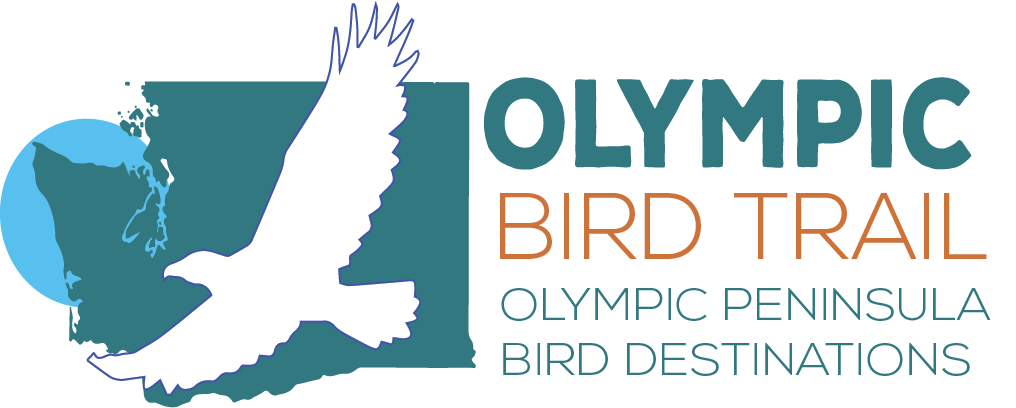
Great memories in nature are made with preparation & safe decisions.
Before you go
Always tell someone where you are going and when you plan on returning. Stick to your itinerary.
Pack accordingly. Learn about your destination before you go and select appropriate clothing and equipment.
Know your limitations and choose a trail that matches the skill level of your entire party.
Birding tips
(WA State Parks)
• Hone your observation skills. Practice observing common birds you see every day. Describe the visual differences you see. Listen to and learn to recognize their songs, watch their behavior and take note of the type of habitat in which they live.
• Be quiet and listen. You are less likely to scare away nearby birds if you are quiet. Listen for rustling noises in the bushes, the fluttering of wings, woodpeckers pecking and bird songs - these signs may lead you to spotting a bird.
• Scan large areas without binoculars. Use your full field of vision and look for quick movements. When you see something move, focus on that area with your binoculars.
• Use a field guidebook. A good field guide will help you identify birds by describing habitat and behavior, as well as illustrate the visual characteristics to look for on birds.
At your birding destination
Track your location with a compass and/or map. If it doesn’t feel right, turn back.
If you become lost stay calm and think through the situation. Stay put—you will be found sooner. Stay warm and dry. If you are tempted to follow a river or creek, remember that these are often the most dangerous routes in the Olympics. Create a signal visible from the air. Lay out brightly-colored clothing in a forest clearing. Use a signal mirror. (National Park Service)
Snowy Owl | photo Craig Romano
Never attempt an unsafe water crossing. Trust your intuition when things feel unsafe.
Stick together. It’s always safer to hike with a companion. Do not rely on cell service. If you get hurt, your friend will be able to save your life.
View wildlife from a distance. Never feed them. Be sensitive to animals’ natural habitat – be wary of mating animals and those protecting young.
If you meet others on the trail be sensitive to Social Distancing protocols. Allow 6+’ and always wear a face covering when interacting.
Leash your pets if they are permitted on the trail.
Always – follow Woodsy Owl’s advise — “Give a Hoot – Don’t Pollute!” – Definitely, if you pack it in, pack it out. And be a trailside hero, if you see litter, please help out and pick it up.
Hydrate. Drink plenty of water!
Dehydration can occur no matter what the weather, so always drink plenty of water. Heat exhaustion can be brought on by warm weather, exertion and dehydration. Symptoms are hot, red, moist skin and fatigue, frequently accompanied by a headache. When the weather is warm, take frequent short breaks in the shade, and drink plenty of water. If your urine is dark yellow, you need to drink more water. Failure to observe and treat the signs of heat exhaustion can lead to heat stroke, an extremely serious condition. (National Park Service)






